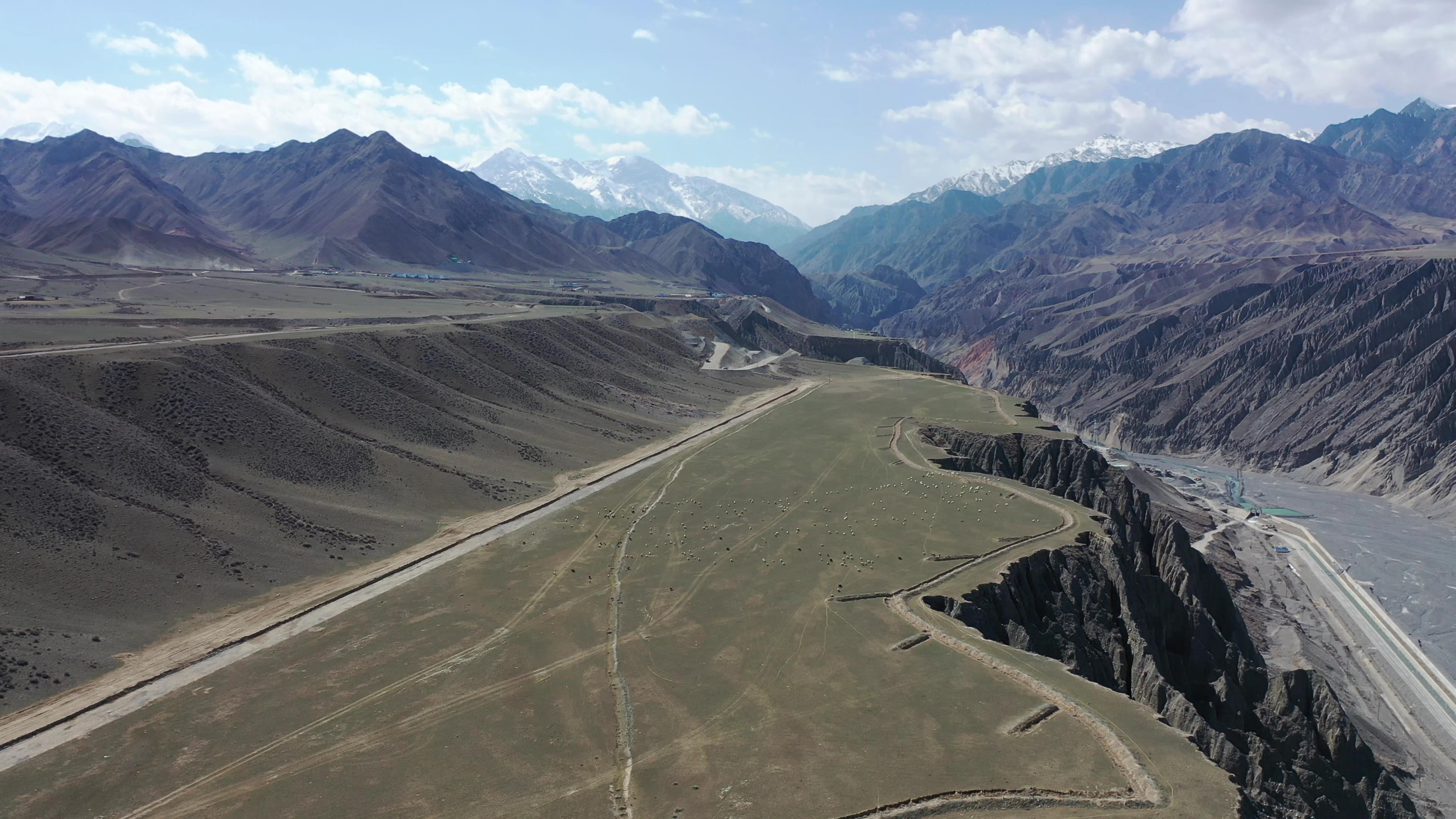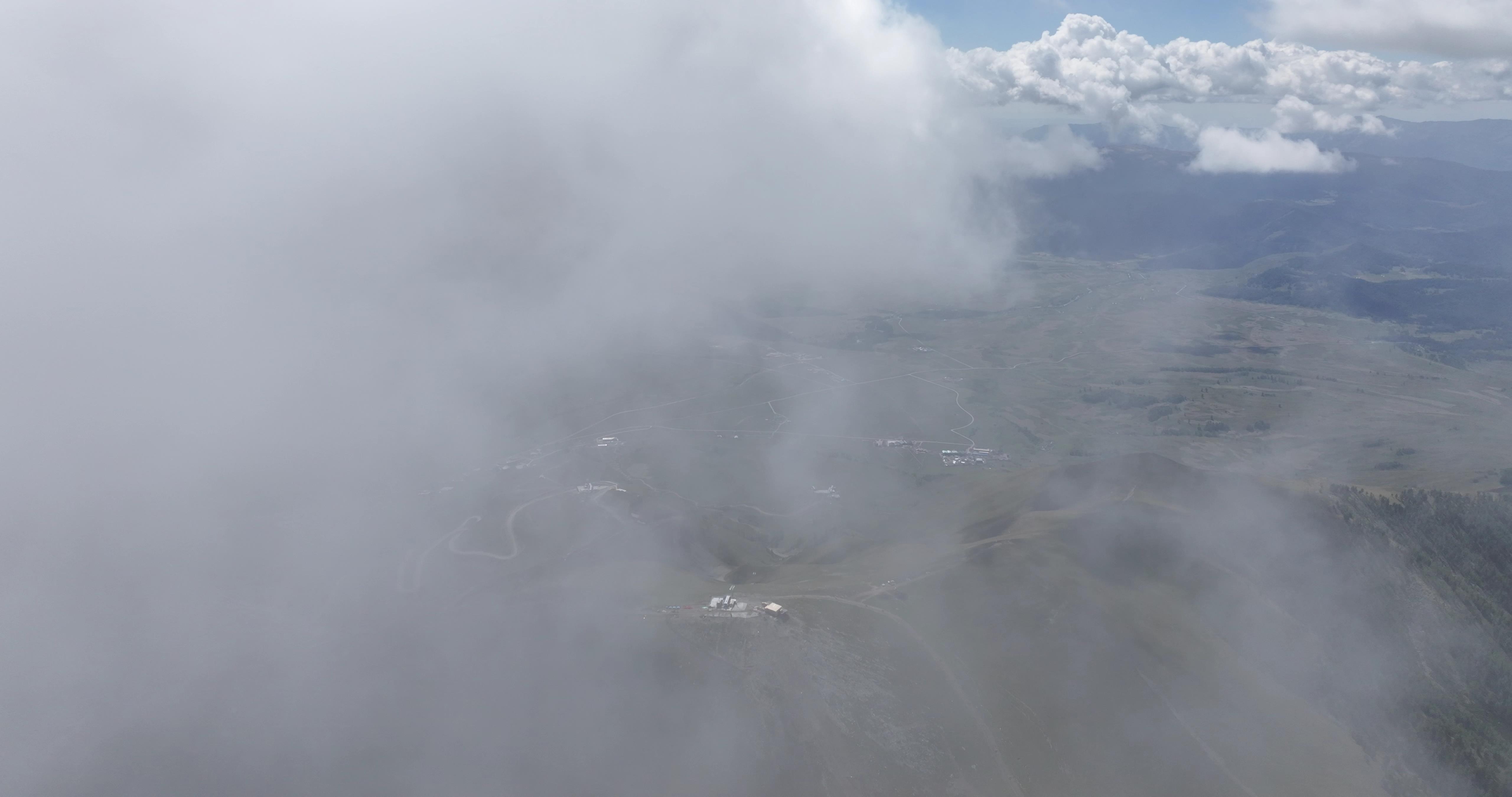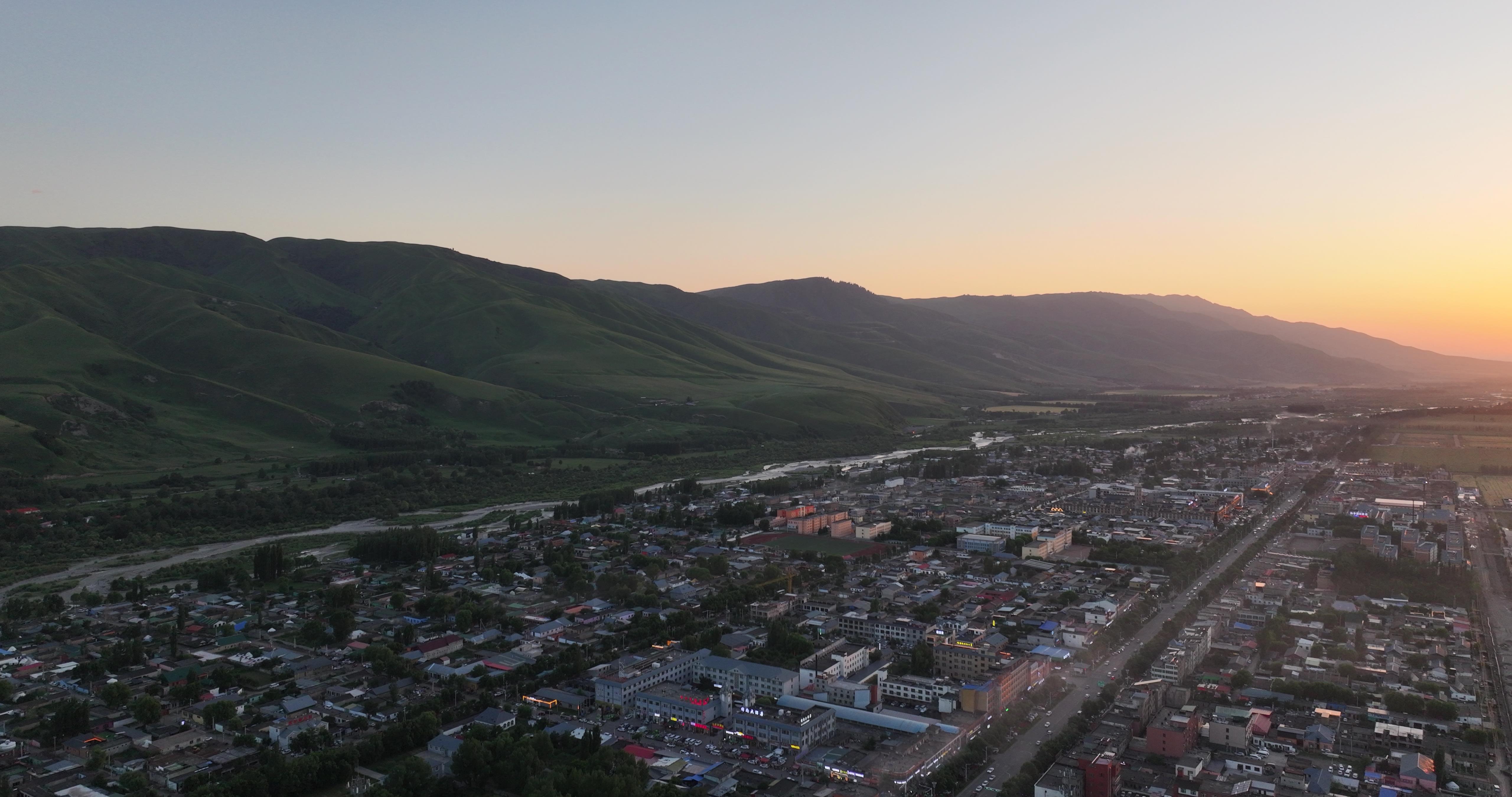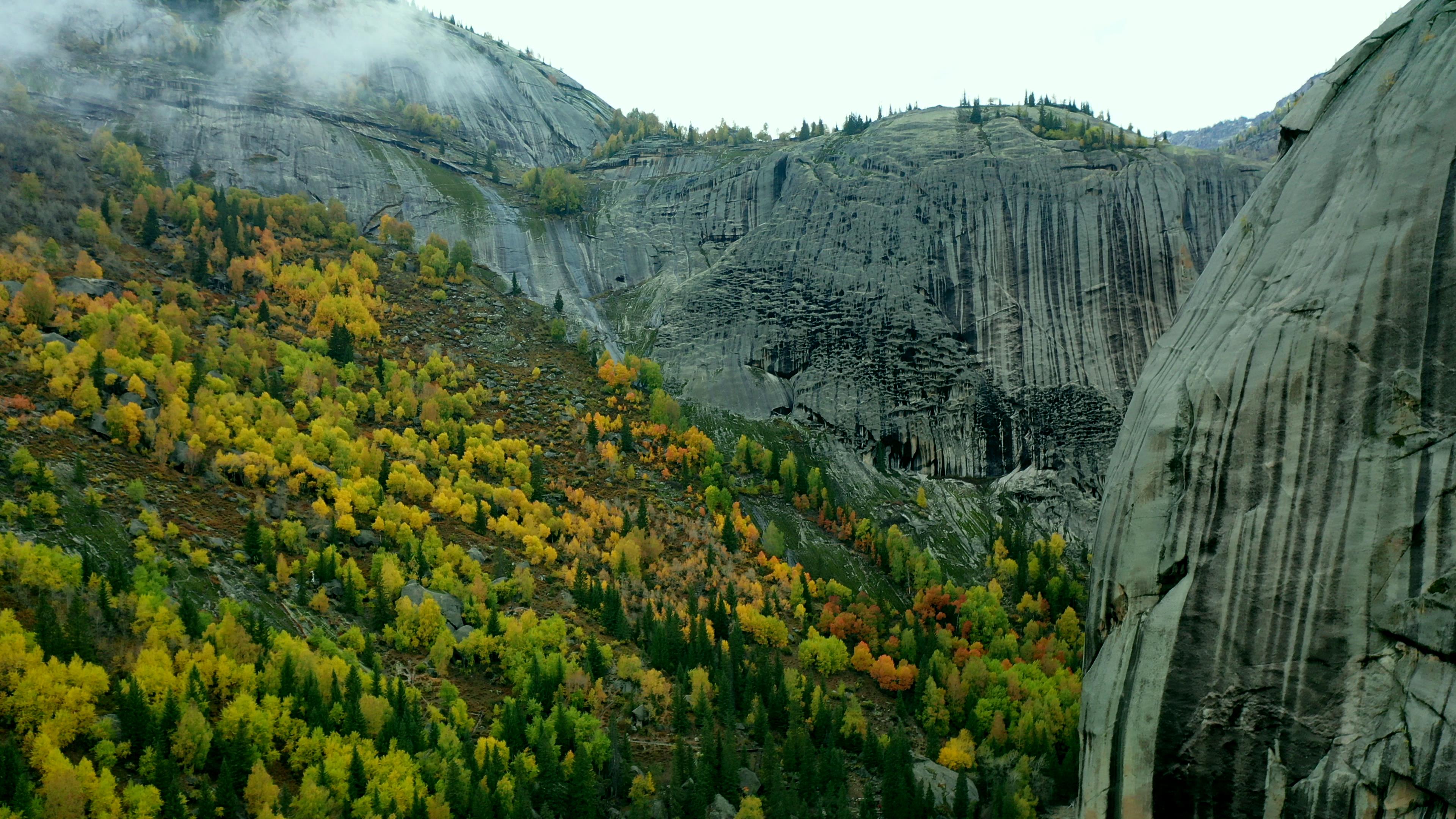What to do in southern Xinjiang? Recommendations for tourist attractions in southern Xinjiang
When talking about Xinjiang, everyone is familiar with scenic spots such as Tianchi Lake, Kanas Lake, Yili Grassland, Sayram Lake, and Turpan. They also seem to have become the labels and business cards of Xinjiang. But in fact, they only represent half of Xinjiang’s characteristics, which is northern Xinjiang. However, the other half of Xinjiang—southern Xinjiang—is rarely known to the world.
Actually, these well-known scenic spots in northern Xinjiang are only part of the beautiful natural scenery of Xinjiang, while southern Xinjiang is a place where natural scenery and cultural customs are perfectly combined. Going to southern Xinjiang is the correct way to travel in Xinjiang.
I. What do we go to southern Xinjiang to see?
Unlike the picturesque green mountains and rivers of northern Xinjiang, the natural scenery of southern Xinjiang is more magnificent and rugged, better representing the true essence of Xinjiang. Moreover, the rich exotic customs of southern Xinjiang are incomparable to the sinicized northern Xinjiang.
1. Visit southern Xinjiang to see desert poplars
The two desert highways cross the southern Xinjiang region, bringing the Taklamakan Desert, known as the ‘Sea of Death’, into the eyes of the world.
Cross it and feel the ruggedness and heroism of traversing the desert’s no man’s land. If you happen to be there during the golden autumn, the accompanying golden desert poplars will add a unique vitality to the desert. Main attractions:

1. The first desert highway: Qiemo-Luntai, with a total length of 730 kilometers and a driving time of 14 hours;
2. The second desert highway: Hotan-Aksu, with a total length of 600 kilometers and a driving time of 12 hours;
3. Luntai County Poplar Forest: Poplar forest at the edge of the desert;
4. Zepu Golden Poplar Forest: Famous for its unique scenery of water poplars.
2. Visit southern Xinjiang to see the plateau scenery
Tibet and Xinjiang are separated by a mountain, which is the Kunlun Mountains. The south of the Kunlun Mountains is Tibet, and its northern foothills are Xinjiang. Thus, it has given birth to plateau scenery similar to that of Tibet—the scenery of the Pamir Plateau. Main attractions:

1. Karakul Lake: Located at the foot of Muztagh Ata, the Father of Glaciers, 191 kilometers from Kashgar, the China-Pakistan Highway passes by the lakeside. It is not far from the base camp for climbing Muztagh Ata (a five-hour walk or camel ride away). ‘Karakul’ means ‘black sea,’ and it is a high-mountain glacial lake. The lake surface reflects the majestic and mysterious Muztagh Ata, with snow-covered peaks and waters sharing the same color, creating a mesmerizing scenery.
2. Khunjerab Pass: Located in the southwestern part of Kashgar Prefecture, Xinjiang, within the Tajik Autonomous County of Tashkurgan on the Pamir Plateau, it borders the northern region of Pakistan. The pass is at an altitude of 4,500 meters. Along the way, you can admire Kongur Tagh, a permanently snow-capped peak with an altitude of 7,649 meters on the eastern edge of the plateau, Kongur Nine Peaks at 7,530 meters, and Muztagh Ata at 7,509 meters.
3. Tashkurgan Stone City: It is the intersection of the middle and southern routes of the ancient Silk Road. Several passages connecting Kashgar, Yarkand, Yingjisha, and Yecheng to the Pamir Plateau converge here. The castle is built on a high hill, with an extremely steep terrain. Multiple layers of intermittent city walls are built outside the city. Between the walls, stone hills overlap and rocks are piled up, forming a unique stone city landscape.
3. Visit Southern Xinjiang to Explore Silk Road Civilization
Southern Xinjiang was a necessary passage on the ancient Silk Road. The prosperity of the Silk Road during that time can be glimpsed from the scattered ancient cities, Buddhist temples, and beacon towers found throughout Southern Xinjiang today. Main attractions:
1. Kizil Thousand Buddha Caves: The murals in the Kizil Grottoes reflect both the influence of Han culture and the selective and ingenious acceptance of foreign art and culture. They are also a testament to the extraordinary wisdom of ancient Kuci painters. With bold and powerful lines, they outline vigorous and muscular figures with a single stroke. Using ochre hues, they render the skin rich and smooth. With a gentle brushstroke, they create evenly arranged folds in the clothing. With the help of a flowing ribbon, they express the artistic conception of soaring freely in the air. Upon seeing these ‘Flying Apostles,’ one gets the sense of ‘heavenly robes fluttering, and the entire wall seems to move with the wind.’ Compared to the ancient European ‘Flying Gods – Angels’ with wings on their backs, the ‘Flying Apostles’ in the Kizil Thousand Buddha Caves appear more mature and romantic artistically.
2. Kizilgaha Beacon Tower: Located on the east side of Yanshuigou in the northwest of Kuqa County, Kizilgaha Beacon Tower means ‘red-beaked crow’ or ‘red checkpoint’ in Uyghur. This majestic ancient military building has withstood the ravages of time for over 2,000 years and still retains its majestic appearance. It is currently a well-preserved beacon tower site.
1. Kashgar Old Town: The soul of Kashgar lies in its old town, which represents the city’s ancient past and its serene present. With luck, it will also represent its future. The unique natural scenery, rich ethnic flavor, and splendid historical districts with earth and stone-paved alleys; wider ones can accommodate donkey carts, while narrower ones make it difficult for two people to walk abreast. Alleys range from over 600 meters long to as short as 50 meters. They twist and turn in all directions, and just when it seems a dead end is reached, another alley appears. On both sides of the alleys are Uyghur households.
2. Primitive Bazaar: The bazaars in Kashgar have been professionally divided since ancient times, such as firewood bazaars, carpet bazaars, cloth bazaars, livestock bazaars, production material bazaars, small knife bazaars, and dried fruit bazaars, especially livestock bazaars, which generally only take place on Sundays. On this day, people come from all directions with livestock to sell here. Here you can experience the ancient trade forms on the ancient Silk Road and see barter trade, especially sleeve transactions. Seeing is believing, so let’s join the crowd and experience the joy of wandering through the Kashgar bazaar.
3. Dolan Dance and Song: Among the Uyghur people, there is an art form that is deeply loved by the people and deeply ingrained in their lives, even becoming a folk game and folklore, namely Uyghur folk Mesirep. Mesirep is an entertainment form that integrates music, dance, singing, storytelling, jokes, games, improvisational recitation, and more.
II. When is the Best Time to Visit Southern Xinjiang?
The climate in southern Xinjiang is basically unaffected by ice and snow, with spring arriving early and winter coming late. The tourist season is about 4 months longer than that of northern Xinjiang. Every year, except for January to March, which are not suitable for tourism, the rest of the time is very suitable. In April and May, you can go to southern Xinjiang to see apricot and peach blossoms; June, July, August, and September are the fruit ripening seasons in southern Xinjiang; after October, you can go to southern Xinjiang to see the golden autumn胡杨…… Therefore, it is suitable to visit southern Xinjiang at any season.
III. What Are the Ways to Get to Southern Xinjiang?
1. Entire Journey by Car
Starting from Urumqi to Kashgar, the entire journey is now on expressways, so taking a grand southern Xinjiang auto circuit without backtracking will be very exhilarating. There are basically no mountain roads, and the straight expressways and smooth provincial roads provide a solid guarantee for southern Xinjiang auto travel.
2. Train Travel
If you’re worried about the distance, traveling by train is also a good choice. There are several train options from Urumqi to Kashgar. Along the way, there are stops in Korla, Kuqa, and Aksu, where you can disembark to visit and then continue your journey on the next train.
3. Airplane Crossing
Currently, there are flights to several larger cities in southern Xinjiang, including Kashgar, Korla, Kuqa, Aksu, and Hotan. Each destination has more than one flight per day, especially Kashgar, which has at least 10 flights to choose from every day.
IV. Recommended Classic Ways to Play in Southern Xinjiang
1. 10-day Grand Southern Xinjiang Auto Circuit
This route is the most complete grand southern Xinjiang circuit, taking a full circle around the edge of the Tarim Basin and finally crossing the desert highway to complete the grand southern Xinjiang circuit tour.
Day 1: Urumqi – Korla Attractions: Lop Nur Village;
Day 2: Korla – Kuqa Attractions: Mysterious Tianshan Grand Canyon;
Day 3: Kuqa – Aksu Attractions: Kizil Thousand Buddha Caves;
Day 4: Aksu – Kashgar Attractions: Kashgar Old Town;
Day 5: Kashgar – Taxkorgan County Attractions: Stone City, Khunjerab Pass;
Day 6: Tajik Autonomous County-Kashgar Attractions: Karakul Lake;
Day 7: Kashgar-Hotan Attractions: Juglans regia Scenic Area;
Day 8: Hotan-Qiemo Attractions: Hotan-Kashi River;
Day 9: Qiemo-Korla Attractions: Desert Highway;
Day 10: Korla-Urumqi
2. Southern Xinjiang Highlights 6-Day Round-Trip Flight Itinerary
If you don’t have enough time, or really don’t want to travel by car for so long, then choosing to fly is the most suitable option. This way, you can save over 2,000 kilometers of travel distance, saving both time and energy.
Day 1: Urumqi-Kuqa-Aksu (by plane) Attractions: Kizil Thousand Buddha Caves, Wensu Grand Canyon
Day 2: Aksu-Hotan Attractions: Desert Highway
Day 3: Hotan-Kashgar Attractions: Zepu Poplar Forest
Day 4: Kashgar-Tajik Autonomous County Attractions: Stone City, Khunjerab Pass
Day 5: Tajik Autonomous County-Kashgar Attractions: Karakul Lake
Day 6: Kashgar-Urumqi (by plane) Attractions: Kashgar Old Town, Xiangfei Tomb, Mosque (Note: The original text ends abruptly here, ‘清真是’ may be an incomplete sentence or typo)
3. In-depth Southern Xinjiang 8-Day Single Flight Itinerary
There are many flights from Kashgar to Urumqi, and the prices are not expensive, with one-way tickets costing around 500 yuan. So if you don’t want to take a round trip, it’s also a good choice to visit the highlights along the way and then return by plane.
Day 1: Urumqi-Korla Attractions: Lop Nur Village
Day 2: Korla-Kuqa Attractions: Tianshan Mysterious Grand Canyon
Day 3: Kuqa-Aksu Attractions: Kizil Thousand Buddha Caves
Day 4: Aksu-Kashgar Attractions: Kashgar Old Town
Day 5: Kashgar-Tajik Autonomous County Attractions: Stone City, Khunjerab Pass
Day 6: Tajik Autonomous County-Kashgar Attractions: Karakul Lake
Day 7: Kashgar-Urumqi (by plane) Attractions: Kashgar Old Town, Xiangfei Tomb, Mosque
VI. Recommended Lesser-Known Attractions in Southern Xinjiang
1. Datong Township, Tashkurgan Tajik Autonomous County
The road is not very smooth, but it is truly a hidden paradise. While tourists are all heading to Tuergen in Ili to see apricot blossoms, the apricot blossoms here are so quiet and enchanting. You need to rent an SUV locally in Kashgar to enter.
2. Jigen Township, Wuqia County
The westernmost place in China, it is also the place where the sun sets the latest in China, with the sun setting as late as 12 p.m. in July. On the way, you will pass the Topa Border Inspection Station, and see the treasure trove for photography and exploration – European Castle Mountain, as well as the geological wonder at the intersection of the Tianshan and Kunlun Mountains – Colorful Mountain.
3. Makit County
In the hometown of song and dance in Southern Xinjiang, where you can feel the richest and most primitive Uyghur song and dance culture, and immerse yourself in it, you will surely be ignited by their enthusiasm.
People who have been to Xinjiang will be deeply shocked by the lake of Kanas and the grassland of Nalati, and can’t help but exclaim, ‘Beautiful Xinjiang’. But those who have truly traveled to Southern Xinjiang will sincerely say: If you haven’t been to Southern Xinjiang, it’s as if you haven’t been to Xinjiang at all!
Xinjiang is so beautiful, do you want to come and see?
Xinjiang Tourism Inquiry Hotline: 0991-8585456 (Same)





